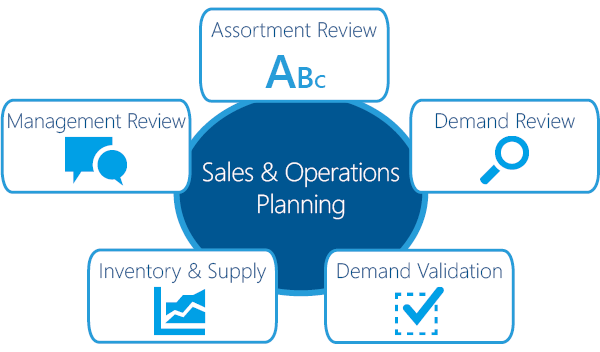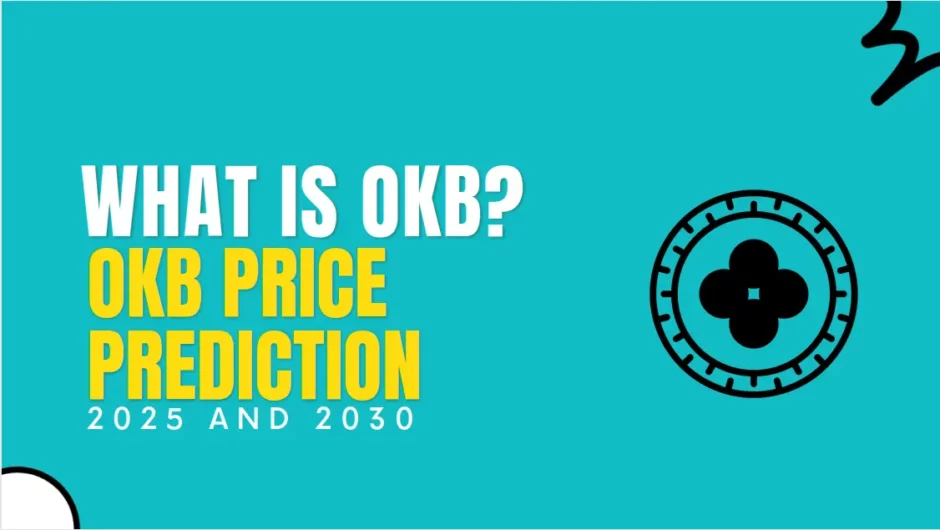One of the short-term consequences of the 2020 global pandemic was the disruption caused in the world’s supply chain across numerous sectors. One of the long-term results of the pandemic has been an appreciation for the value of robust sales and operations planning that can help protect businesses in even the most difficult of economic times.
The pandemic shut down countries, businesses, and even some economies, creating a lasting impact on the availability of many products as consumer demand spiked after COVID-19 vaccines helped the world reopen. For companies already relying on S&OP, the long-term impact on operations was minimal. But many business leaders acknowledge their companies don’t have reliable indicators of supply chain risks in place. As a result, this has exacerbated disruptions in the global supply chain that have impacted sectors like construction, transportation, technology, and agriculture.
In June, U.S. President Joe Biden announced a focused White House initiative to fix supply chain bottlenecks, in hopes of quickly meeting manufacturing needs and staying competitive with countries such as China in global trade. Cabinet members are studying critical issues in U.S. manufacturing impacted by disruptions stemming from the pandemic and will report needs and solutions.
The pandemic highlighted the value of S&OP as an essential weapon to navigate unforeseen disruptions. A strong S&OP allows for a quick pivot of resources to address supply chain risks through minimal costs. But according to the Manufacturing Leadership Council and the National Association of Manufacturers, only 23% of manufacturers say they are very capable of identifying supply chain risks.
It is not only big companies impacted by the supply chain disruption. Small businesses also are seeing the effects. Some Starbucks locations across the U.S., for example, had to temporarily pull items like hazelnut syrup and chai tea from their menus because of supply chain issues.
That is evidence of how an unexpected event like a pandemic can throw a wrench into normal operations and send ripples through a global economy. There is no better evidence of this than in the automotive industry, which relies on manufacturers, supplies, and customers all over the world.
Automobile production slowed to a trickle after the pandemic disrupted the global supply of semiconductors. The result is a lack of inventory for new car buyers now ready to purchase in the wake of states reopening and vaccine distribution expanding.
Car manufacturers are not like other manufacturers of consumer goods. Statistical forecasting to form a basis for sales planning is not possible in the automotive industry. But the manufacturers can use the S&OP process, along with analyzing key performance indicators of sales data and economic forecasting, to help define seasonal sales patterns.
Embracing these concepts can go a long way to help position a company to withstand unanticipated events that threaten operations and production. Key business decisions about investment in capacity and sales rely on a credible S&OP process. It’s not to say that the S&OP solution will prevent the impact of events like the pandemic, but it can offer options that a company can consider as they evaluate ways to counter the issues posed by the event and reduce its impact.

Hey, this is Johny Sehgal. I am the owner and caretaker at Finance Jungle. I completed my education in BSC and now heading towards the digital marketing industry. I usually have interests in reading, playing games and watching movies. I also love to write content based on quality information. The main motive of mine is to provide the top and best quality information to my readers. Finance Jungle is the blog for the same.











